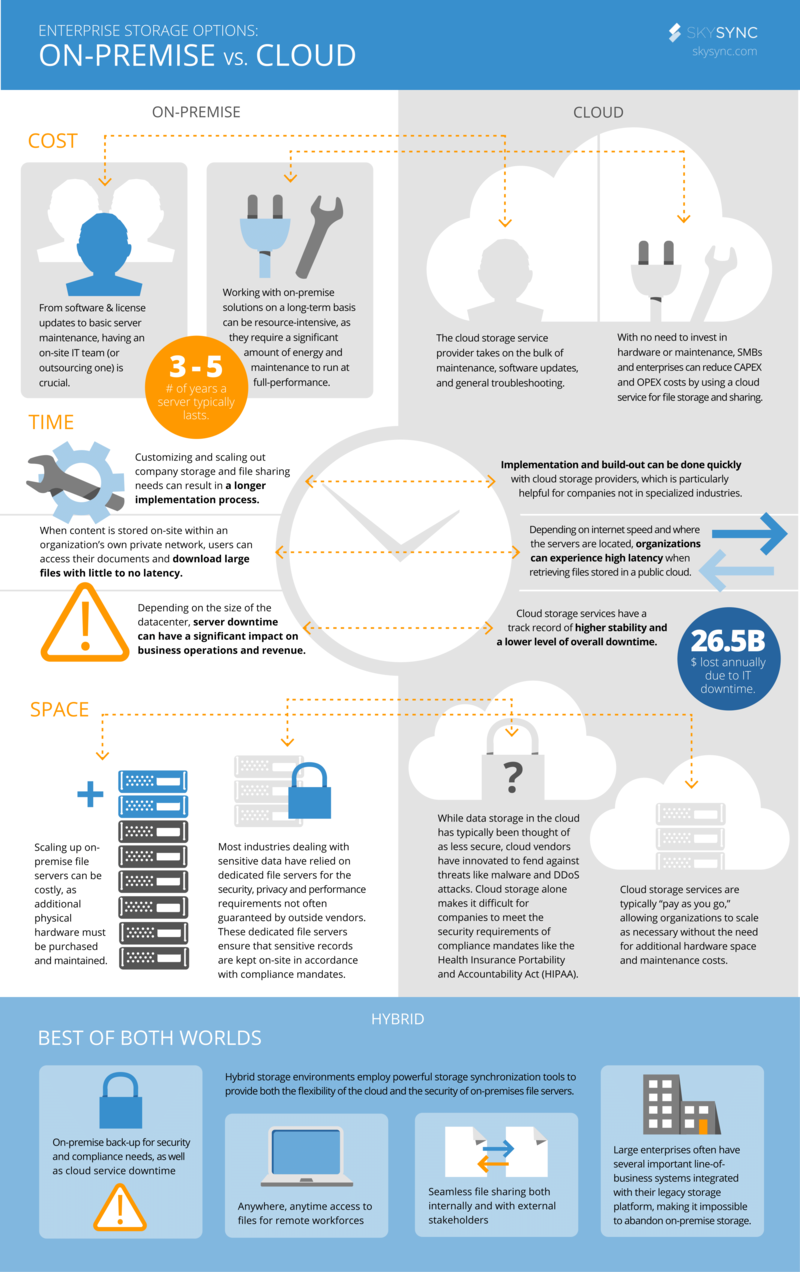e-Learning Ecologies MOOC’s Updates
Learning Management Systems (LMS)
Learning Management Systems (LMS), as defined by Wikipedia, are software applications for the administration, documentation, tracking, reporting, automation, and delivery of educational courses, training programs, or learning and development programs.
Nowadays, there are many options for LMSs, and the choices are between a Cloud-Based LMS and an Open-Source LMS. Another term used for the distinction of the two is Cloud and On-Premise solutions. From my experience in the silicon valley, the Cloud-Based LMS is the standard. The Cloud-Based provider takes care of the hardware, updates, and design while you worry about administering it and adding the content. The Open-Source LMS installs on the hardware you own and maintain. In my experience, the Open-Source LMS is for small companies or large companies.
You might recall an online training you’ve taken or the company you had to take the training for but may not have heard of any LMS providers specifically because they are the underlying system that runs the training.
In my experience, an LMS is used as a repository for eLearning content. Some of us may have experienced eLearning content that contains clickable actions, Knowledge Checks, and testing. This content is more than just videos, that can be hosted on YouTube or Vimeo, and more than just text, that can be hosted in a blog, it needs a specific platform to host the eLearning files.
This eLearning content is created using specific standards like SCORM (Shareable Content Object Reference Model) and xAPI (Experience API). Most of this content is created on specific applications like Adobe Captivate or Articulate Storyline 360, which export files to the SCORM or xAPI standard.
One of the biggest benefits of the LMS is the amount of data you can collect. You cannot only collect user information and test results, but you can also record other metadata about user interactions that can help create better content. In a business setting, this can also give valuable information about the consumer of the product you are training on.
An LMS is necessary for eLearning content and is widely used in employee training and customer training.
References
https://www.adobe.com/products/captivate
https://articulate.com/360/storyline
https://en.wikipedia.org/wiki/Learning_management_system
https://elearningindustry.com/the-20-best-learning-management-systems
https://elearninginfographics.com/history-and-trends-of-learning-management-system-infographic/
https://www.dataversity.net/enterprise-storage-options-premise-vs-cloud/




Thanks for sharing this excellent overview of the current state and evolution of Learning Management Systems. I've interacted with several content creation and hosting tools as an employee, and recently as a Course Designer working with our Instructional Designer (who used Storyline 360). It is great to see the big picture.
Two of the future trends that are currently well underway (as of 2020) is gamefication and mobile learning. I greatly appreciate being able to view Coursera course videos on my smartphone when I have a little downtime, e.g., waiting for a doctor's appointment, etc.
Very knowledgeable about LMS and the types and how the data can be put to use.
Thanks for sharing.